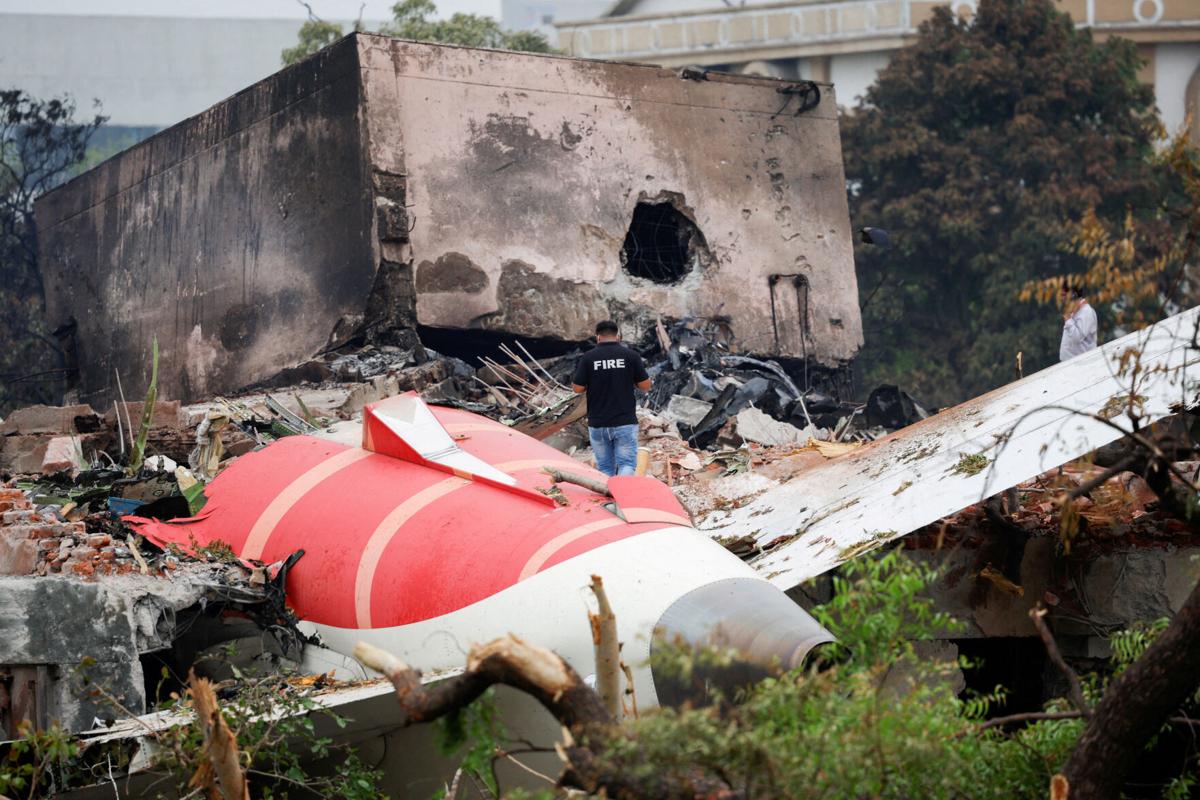Investigators announced today that they recovered the flight data recorder from Air India Flight AI171 within 28 hours of the fatal accident, a milestone that promises to shed light on the mystery of why the Boeing 787 jet plunged into a medical college building shortly after takeoff from Ahmedabad, leaving 241 of the 242 people on board dead.
The recording device came to rest atop the roof of a medical college hostel that the London bound aircraft struck just minutes after lifting off the runway, Civil Aviation Minister Ram Mohan Naidu told reporters. He noted that finding the black box so quickly will give the inquiry team a crucial window into the final moments of the flight, as officials work against the clock to piece together data on altitude, speed and engine performance.
Meanwhile, the sole survivor of the crash, forty year old British passenger Vishwash Kumar Ramesh, described his narrow escape from a hospital bed on Friday. He said that after takeoff the plane stalled in midair for nearly ten seconds before it came down with a sudden jolt. Ramesh explained that his seat was next to an exit in the cabin and that he slipped through a gap created when the door frame broke. He added that he suffered burns to his left hand as he scrambled to safety but that his brother remains unaccounted for.
At the same time, the Aircraft Accident Investigation Bureau confirmed that experts from the United States will arrive Sunday to join Indian investigators in sorting through data from the recorder. Professor Paul Fromme of the Institution of Mechanical Engineers in the United Kingdom said that the device should reveal if the engines lost power or if control surfaces failed to function after liftoff. He emphasized that the flight data recorder stores critical information about throttle settings and control inputs that could indicate whether pilot actions or mechanical faults played a role.
Flight tracking services showed that the Dreamliner climbed to about six hundred feet before descending at nearly five hundred feet per minute. Notably, the landing gear remained extended throughout the thirty second flight, a detail that may point to a technical glitch or pilot response to an alarm. Selecting among possible scenarios will require careful analysis of both the recorded parameters and cockpit voice recordings, which investigators hope to decode soon.
The loss marks India’s worst aviation disaster in over a quarter century and the deadliest commercial crash since 2014. The eleven year old aircraft had logged over forty one thousand hours of flight time, a figure that falls within normal limits for the model. Yet regulators have already ordered extra checks on every Air India 787 powered by General Electric engines, covering fuel controls, engine settings and takeoff procedures to rule out systemic risks.
Home Minister Amit Shah underscored the scale of the tragedy by recalling that the jet carried more than one hundred twenty five thousand liters of jet fuel when it struck the building, creating intense heat that barred rescue teams from reaching survivors. Rescue workers have now shifted their focus to identifying victims and recovering human remains, a task complicated by fires and debris.
As the inquiry moves ahead, families of the victims and the public await answers about the sequence of events that turned a routine flight into a catastrophe. The recovery of the black box represents a key step in that process and it lays the groundwork for recommendations that could prevent future losses on this widely used aircraft type.

